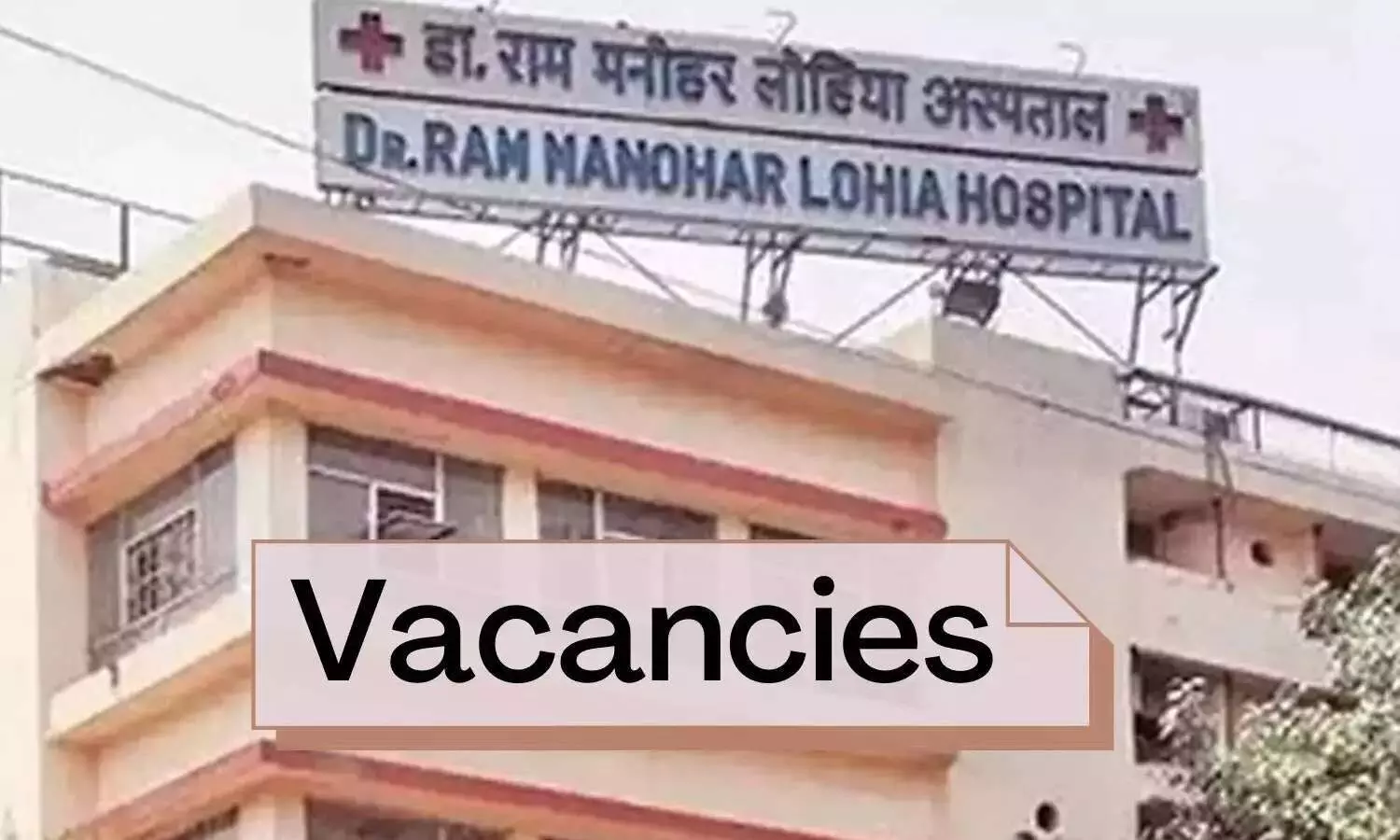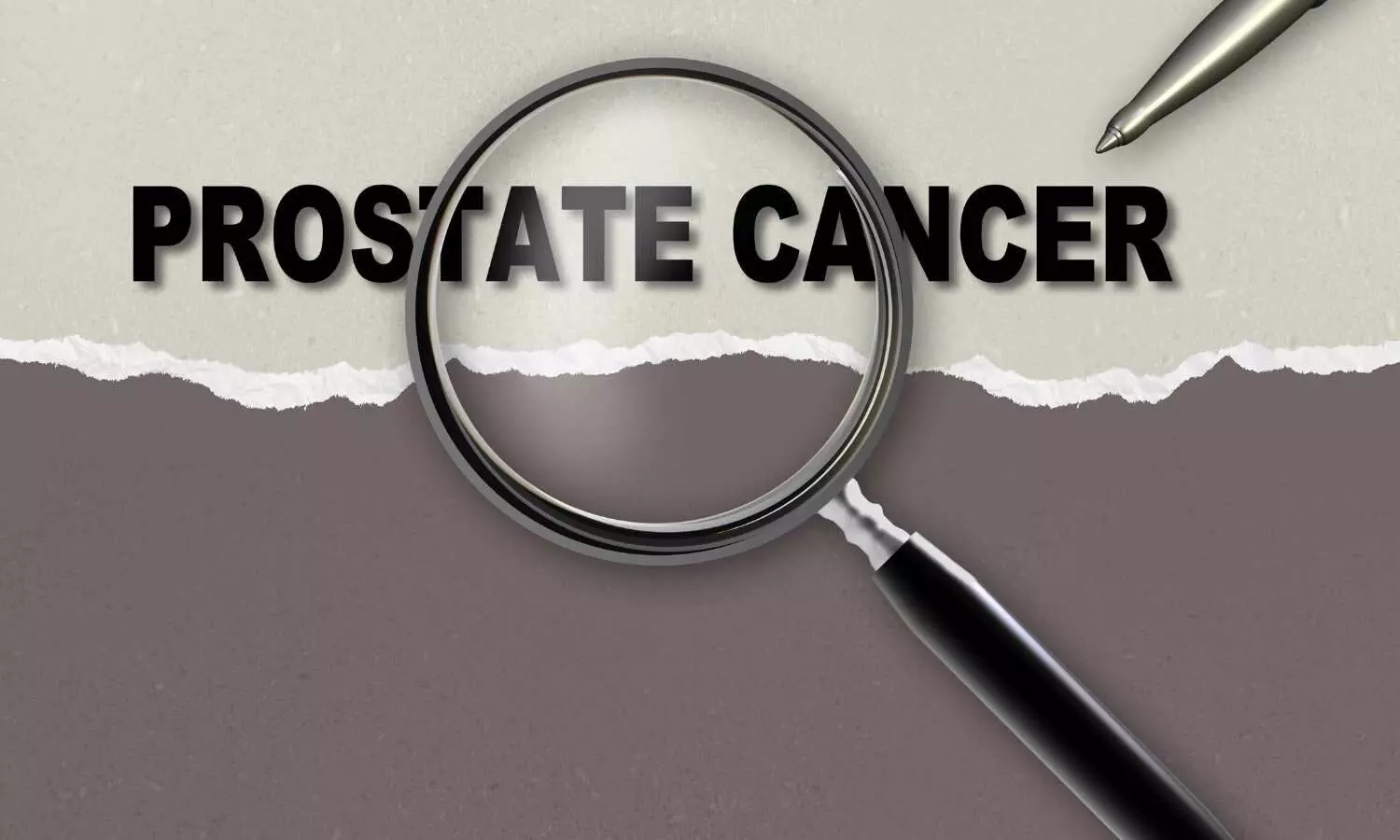Health – Demerara Waves Online News- Guyana
Health ministry launches GY$1.8 billion eye care programme
1 year 4 months ago
Business, Health, News, eye-testing and spectacles programme, eyecare vouchers, Ministry of Health
Sapovirus among causes for gastro outbreak
1 year 4 months ago
Health, caribbean public health agency, carpha, e coli, gastroenteritis, linda straker, salmonella, sapovirus, shawn charles
West Indian Cherries and men’s health
1 year 4 months ago
Health, PRESS RELEASE, acerola, grenada food and nutrition council, retinal haemorrhage, west indian cherries
Health Archives - Barbados Today
Egi Women, Sagicor stage successful blood drive
1 year 4 months ago
Health, Local News
Health Archives - Barbados Today
Debate flares over smoking medicinal cannabis
1 year 4 months ago
Health, Local News
STAT+: Under pressure to thwart pharma patent abuse, the PTO proposes a new rule. But will it fly?
1 year 4 months ago
Pharma, Pharmalot, drug prices, FTC, patents, Pharmaceuticals, STAT+
Medical News, Health News Latest, Medical News Today - Medical Dialogues |
AbbVie, FutureGen ink pact to develop Next-Generation Therapy for Inflammatory Bowel Disease
1 year 4 months ago
News,Gastroenterology,Gastroenterology News,Industry,Pharma News,Latest Industry News
Overcoming the silent killers - Trinidad & Tobago Express Newspapers
- Overcoming the silent killers Trinidad & Tobago Express Newspapers
- Deyalsingh: $631m spent on CDAP, cancer treatment in 3 years TT Newsday
1 year 4 months ago
Health Archives - Barbados Today
Fogging in St James this week
1 year 4 months ago
Health, Local News, News
Medical News, Health News Latest, Medical News Today - Medical Dialogues |
Walk In Interview for Assistant Professor Vacancies At RML Hospital Delhi, Apply Now
1 year 4 months ago
Jobs,State News,News,Health news,Delhi,Medical Jobs,Hospital & Diagnostics,Doctor News,Latest Health News,Recent Health News
Health Archives - Barbados Today
Stroke crisis – Case spike in younger people, says medic
1 year 4 months ago
Health, Local News
Health official confirms gastro outbreak
1 year 4 months ago
Health, caribbean public health agency, carpha, gastro, gastroenteritis, linda strakaer, Ministry of Health, shawn charles
Economic impact of Medical Tourism in the Dominican Republic
1 year 4 months ago
Health, tourism, Canada, La Romana, medical tourism, Puerto Plata, Punta Cana, Santiago, Santo Domingo, United States
Medical News, Health News Latest, Medical News Today - Medical Dialogues |
Addition of ADT to radiation specially benefits black patients of prostate cancer:JAMA
1 year 4 months ago
Oncology,Urology,Oncology News,Urology News,Top Medical News,Latest Medical News
Health Archives - Barbados Today
Healthy food must be affordable too
1 year 4 months ago
Health, Local News



